As cheesy as it is, I love this part of London. I remember coming back on the bus from Stansted Airport recently, and watching all the half-asleep tourists who were so far unimpressed by London, suddenly jerk upright in excitement at the sight of the Tower Bridge's gaudy follies and the brutal immensity of the Tower of London. I thought rather smugly to myself, "You will be impressed, damn you!"
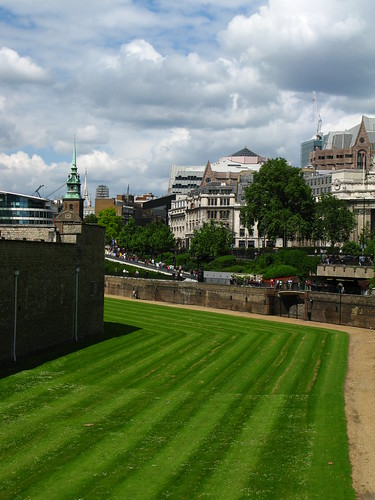

Near the modern urbanity of London's financial centre, these monuments are a vivid reminder of London's colourful past. History is not so much covered over in this city, but laid layer atop layer. On one's wanders, it's possible to catch a surprising glimpse of a previous time, and lest we keep moving, it's possible to lose oneself in the past.
The path led us into St Katherine's Docks which were opened in 1828. This area consists an interconnected route of docks, bridges and wharves built in the Georgian era by Thomas Telford, in order to service the smaller ships and vessels which transfered goods from larger ships at West India and East India docks further east. With my penchant for boats, I started to get quite excited.



Apart from the basins and bridges themselves, the streets, buildings and even layout are very much steeped in the history of the development of the river and its relationship to the city's inhabitants. As we headed towards Wapping, we walked past former warehouses turned into pubs, old bases for Port of London Authority and wharf warehouses with their old cranes intact turned into chi-chi residential flats or offices.

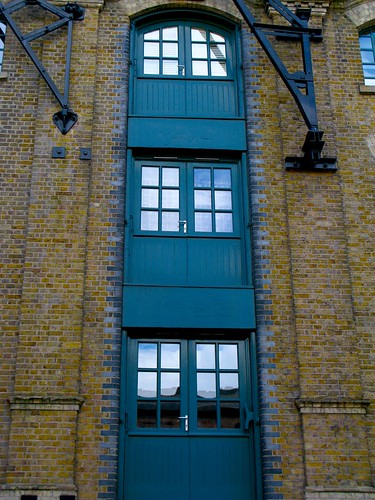
But despite the clean up and makeover, this area's salacious and scandalous past was still evident. We walked past pubs with famous ghostly patrons such as Captain Bligh and Fletcher Christian before the mutiny on the Bounty, Captain Blood who stole the crown of Charles II and flattened it with a hammer to make it easier to hide, and Captain Kidd, naval officer turned pirate.
Yo ho ho.. The idea of sailing on the open sea is terribly attractive.
Along this little street, every now and then, there would be a little tiny alley that allowed entry to the water's edge. Many of these, such as Old and New Wapping Steps would lead to Execution spots where crowds in the 17th and 18th century could watch public executions of mutineers and pirates, including aforesaid Captain Kidd.

The Prospect of Whitby, which claims to be London's oldest riverside pub, not only had famous patrons such as Charles Dickens and Samuel Pepys, but still kept the old gallows of its colourful past. Ironically, it swings in parallel to the famous Canary Wharf building. I'm sure many fortunes were hung there too.

After passing the old London Docks, we turned into Shadwell Basin. Shadwell's location determined its place in early history with Roman fortifications built here against Saxon pirates. Currently, it's been prettied up a bit, and even feature the "Gherkin" in its backdrop.

It existed mostly as a fishing village until the 17th and 18th century. The explorer and seafarer Captain James Cook lived here in the 1760s. It was a pleasant surprise to see these young uns keeping up the tradition.

The walk looped back towards St Katherine's docks alongside a rather dingy canal, past some urban blocks, an old Tobacco factory and the Hermitage Basin, an old disused pool of water.

Cara, who refused to hold the book for more than a minute, was however quite useful at pointing out ducks.
"Ducks!" he pointed. "Ducks!"
I started to worry he might be making fun of my previous excitement over pheasants.
"Baby ducks!" he pointed, gleefully.
Oh wow, now who wouldn't get excited over that!?
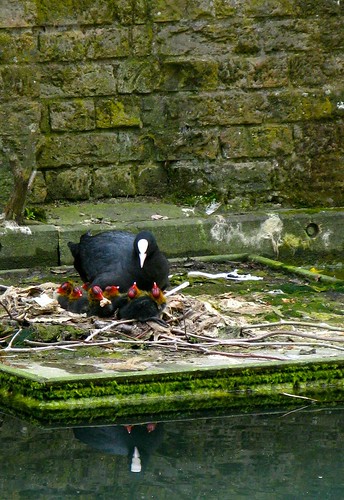
Back at St Katherine's Docks, we were ravenous and nipped into the Dickens pub for some grub. This pub has three sections of restaurants split over its multi-storey warehouse capacity. We ended up in the Sunday roast section where we had a large yorkshire pudding, roast chicken, roast potatoes and cauliflower and cheese. It was a huge portion. It must have been 4 times the size of a human stomach.

After lunch, we retraced (waddled) part of the way to Wapping and onto the riverside walk. Much of this area still bears the marks of the the 200 years monopoly of the East India Company's trade from the Far East. Along this area, the company built wharfs, warehouses and housing for its employees, as well as shipbuilding and repair yards.

As we enter the Isle of Dogs, so named for when Henry VIII kept his hunting dogs in this area, we came across this rather pretty pub.
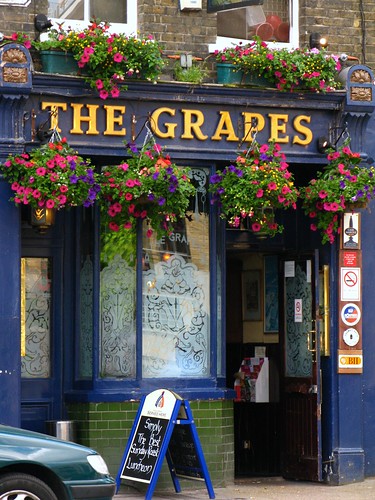
But be not fooled by its innocuous appearance, this pub was frequented by Dickens and was even described in Our Mutual Friend (as the Six Jolly Fellowship Porters). The pub has a narrow riverside balcony which at high tide was like being afloat in the water. At one point in time, a ladder led from the balcony to thirsty watermen in their wherries and provided discreet transfer of stolen or smuggled goods. The pub also had a reputation for getting clients drunk and then rowing them out to the river and throwing them over board. The next day, their bodies would be collected and sold for anatomical experiments.
Hmm, you'd be truly wasted there.
Across the street, a large iron sculpture of a herring gull stands on a coil of rope.
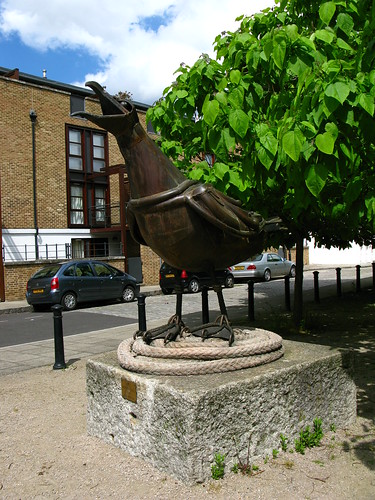
It was back to the waterside. Apartment buildings have appeared in recently years with their gleaming aluminum features, dramatic lines and inflated prices.
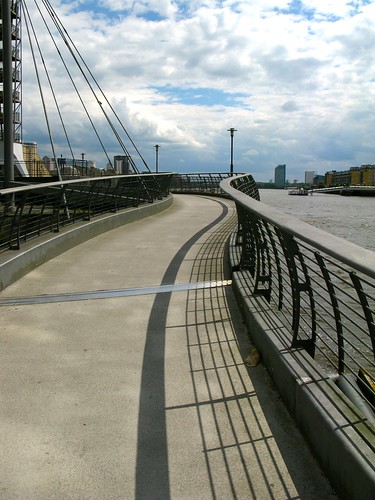


We paused at the benches by the riverside Sir John McDougall Gardens. There's something about those benches, they're ergonomically curved to support your neck when you slide down on them. In the sunshine, Cara and I sat quite dozily for a while before reluctantly peeling ourselves up.
As we entered the Docklands, recently reclaimed and refurbished into London's new financial centre, the aspirational assertions of 20th century capitalism are evident.
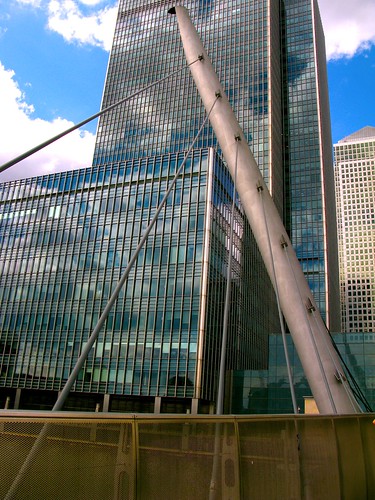

New buildings are still being erected while technologies attempt to scale the heights.
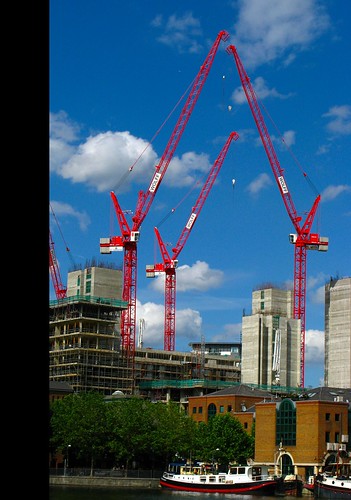

Far from being a cold, financial centre, the Docklands were buzzing on a Sunday with London's young urban crowd out for a drink and a meal.

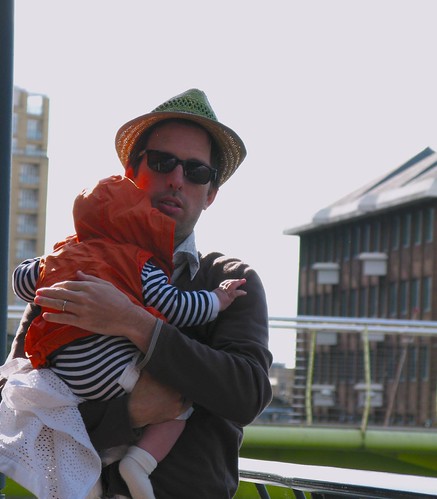
This is where we see most vividly in contrast the past and the present. The SS Robin, a surviving example of a dirty British coaster from the 1900s, is moored beneath beneath the metallic sail of a futuristic architectural feat.

The old wharfs are transformed into the new audio-visual museum of the Docklands.

Even the old barbed defences of the old Wall are speared with the taste of the present.
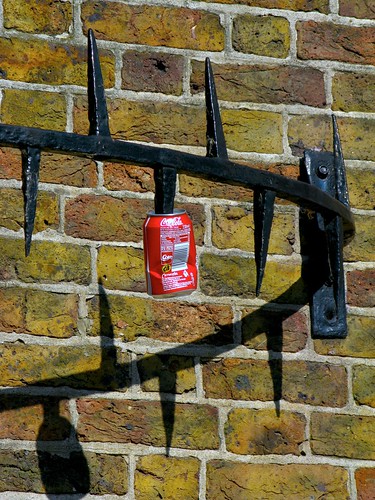
No comments:
Post a Comment